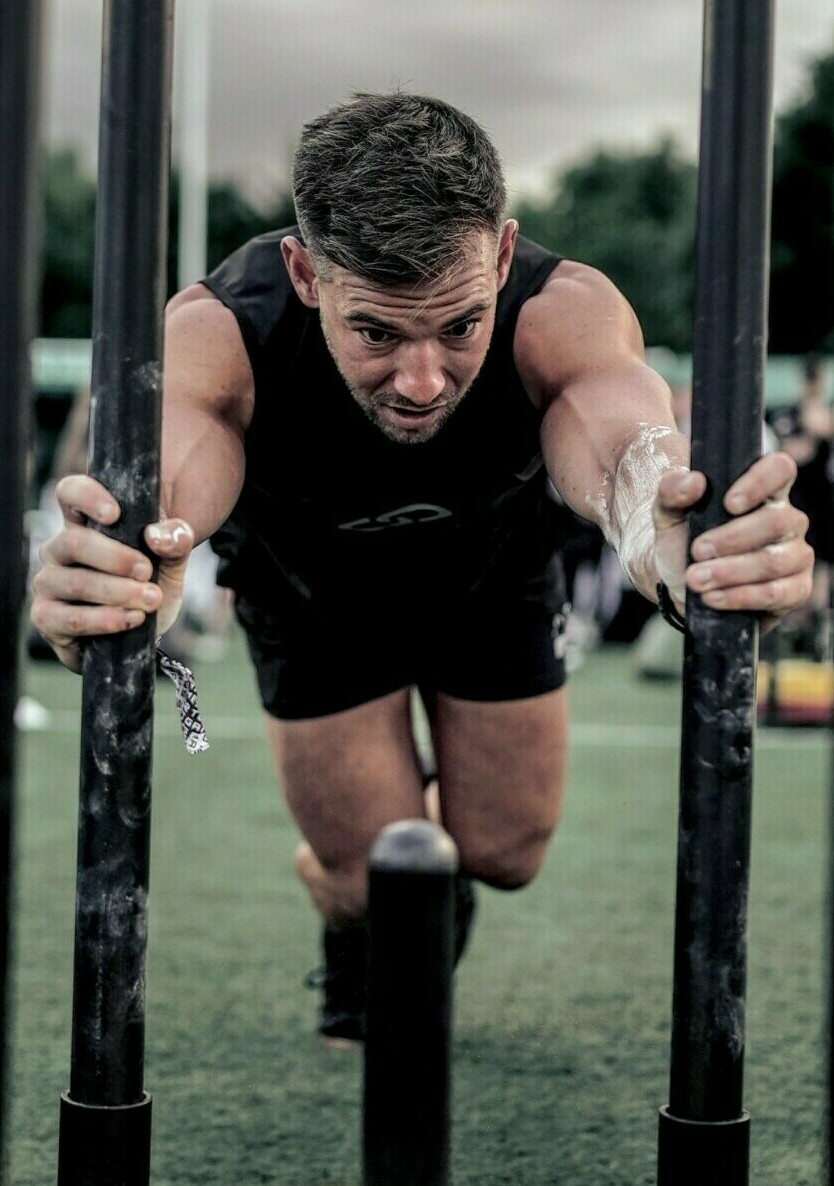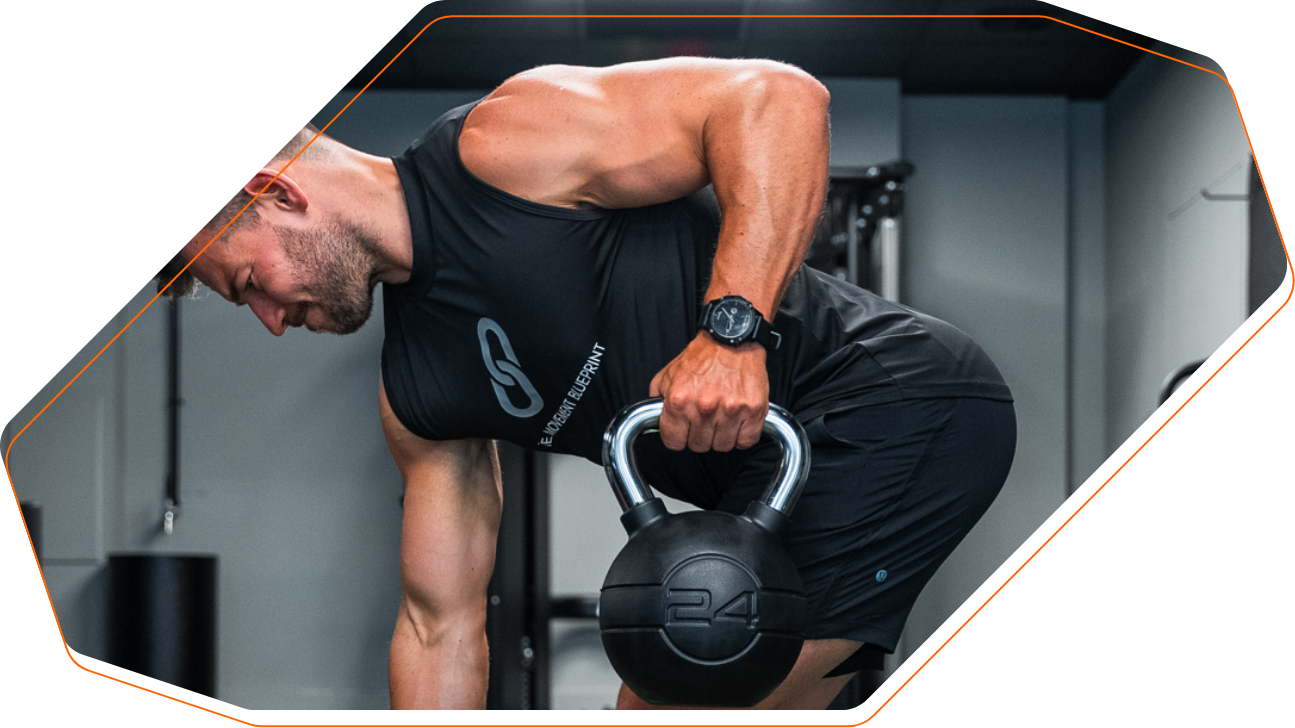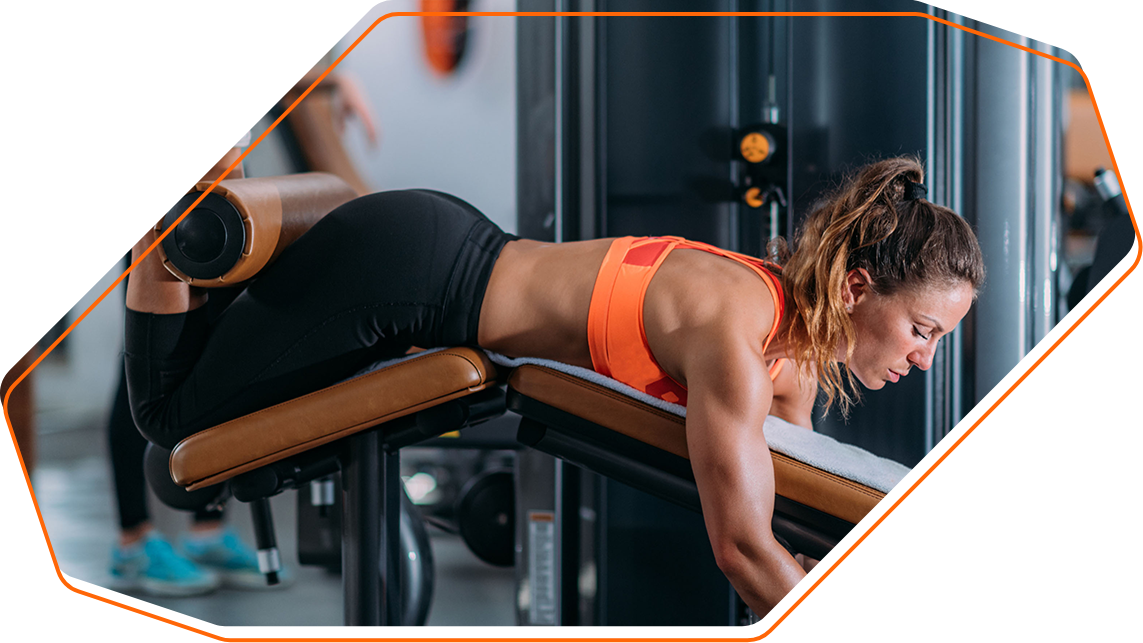HOW TO BUILD STRENGTH WITH TEMPOS + DROP SETS
There are a number of training methodologies geared towards building strength, and ‘tempos’ and ‘drop sets’ are two great examples. Here we’ll share what both are, why we use them, and how you can start reaping the benefits by using these within your own training.
Tempo training is the alteration of an exercise by shortening or lengthening a phase of the movement. Adding tempo to movements increases the learning capacity, stress on the muscles in question and proprioception of that specific movement pattern. Executing loaded movements at a slower tempo can help you build strength, stability and power.
We integrate the use of tempos across MBP programming to allow for positional awareness, to strengthen certain phases of a movement and/or to change the intent of an exercise. Often moving weight that feels ‘tough’ is the focus, however doing so at a slower tempo will significantly increase the demands of the exercise. It will also help you build resilience, control and confidence with both your technique and positioning.
—
For example:
- We can create more positional awareness by extending the eccentric (lowering) phase of a movement or by adding in a pause or isometric at any point during the movement.
- We can change the intent of a movement by performing an exercise with a dynamic emphasis and speeding up the concentric phase (e.g. a barbell power clean, med ball throw or a box jump).
Drop sets are a great way to increase volume and time under tension with any given movement. They usually take place in isolated or single joint movement patterns. An example would be using a heavier weight for close to failure, then a moderate weight for close to failure, followed by a lighter weight for close to failure – all performed with minimal rest in one giant set. A drop set should always be performed with biomechanics in mind – the use of cable-based/resistance machines, such as the lat pull down, leg extension or plate loaded chest press, can provide a stable platform to produce force until failure.
The nature of drop sets lends itself to hypertrophy-based training protocols and they tend to be included for strength endurance goals. They should be mindfully incorporated into training – usually outside of the specific strength component of any given session. Whatever your training experience, ensuring you set up drop sets in the correct way to offer stability to the joints/muscles is vital due to the nature of working towards failure.
Within our programming ethos, we believe drop sets have a place within secondary strength/accessory components. We would choose to favour more isolated patterns such as the leg extension, leg curl or a plate loaded bench press because of the stability – and therefore safety – these machines/set ups offer.
—
An example rep scheme would be as follows:
- 10 reps at 8/10 RPE (rate of perceived exertion)
- Followed by max reps at 6/10 RPE (*try to leave 1 rep in the tank)
- Followed by max reps at a lighter load
If the intent is to increase the volume or stimulus at the muscle, we would advise minimal rest between drop sets and 90-120 seconds rest between sets. This is so we can maintain a hypertrophy/strength endurance stimulus to the muscle but allow for sufficient recovery.


Why Your Strength May Have Plateaued
#1 You’re not working at the right intensity
Your reps and sets should be ‘working’ efforts, usually with 1-2 reps in reserve – by this we mean you’re working hard enough to get a quality, high-level training stimulus without working to failure. Tempos and drop sets could be a great way to increase your training intensity!
#2 You’re not resting enough
For a positive training effect, you need sufficient recovery between sets. Cutting your rest periods shorts may well be shortcutting your gains! Generally speaking, rest of up to 2-3 minutes between sets is required.
#3 Your exercise selection needs work
If you’re simply choosing exercises based on what you think will build muscle – this likely won’t be optimal. For example, a front squat isn’t for everyone – some people will benefit far more from a different placement of load such as a goblet or zercher squat, and some may need a machine leg press to actually allow them to express force. Always choose exercises that suit your mechanics and structure.

Need Help Building Strength?
To build strength, we must treat movements like skills and work hard to develop them with variety as well as load. Slowing movements down, altering the intent and exploring with volume will allow your training to become more enjoyable, more effective and more sustainable! If you’re unsure how to incorporate tempos and drop sets within your training and would like to see how MBP yield maximal results, sign up today to either our TRAIN or PERFORM monthly programmes!



